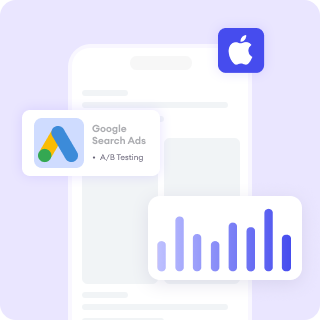When your site encounters crawl or indexing errors, it can prevent your pages from appearing in search results This can directly impact your website's traffic and visibility. But with a clear plan and a bit of effort, you can resolve these issues and ensure your site is search-engine friendly.
Here’s a step-by-step guide on how to fix crawl and indexing errors on your website pages.
Understand Crawl and Indexing Errors
Crawl Errors occur when Googlebot tries to reach a page on your site but encounters a problem (e.g., server issues, broken links).
Meanwhile, indexing Errors happen when a page can’t be added to Google’s index, meaning it won’t appear in search results. Understanding the type of error that you are facing can help you determine the right solution for your problem.
How To Check For Crawl and Indexing Errors
Google Search Console is your go-to tool for diagnosing your website errors such as crawling and indexing issues. What you need to do is to navigate to the Indexing and Crawl Stats reports. Look for:
- Page Status: Identity which URLs are “Excluded” or “Error”.
- Error Types: Common issues include 404 errors, server errors, or “Discovered – currently not indexed” warnings.
Document the affected URLs and note the specific error types.
In addition to Google Search Console, tools like Screaming Frog, SEMrush, or Ahrefs can uncover crawl and indexing issues before they escalate. You can also set up alerts in Google Search Console to notify you of new errors.
Use these tools to conduct regular audits perform regular technical SEO audits and keep your site updated to minimize future problems.
How To Fix Common Crawl Errors
Here are solutions for frequent crawl issues:
- 404 Errors (Page Not Found):
- Redirect users to a relevant page using a 301 redirect.
- If the page is permanently removed and has no replacement, return a 410 status code to signal intentional removal.
- Server Errors (5xx):
- Check your server’s performance and uptime.
- Ensure your hosting plan can handle traffic spikes and large amounts of data.
- If the issue persists, consult your hosting provider for support.
- Blocked by Robots.txt:
- Review your robots.txt file to ensure you’re not unintentionally blocking important pages.
- Use the Robots Testing Tool in Google Search Console to verify changes.
- DNS Issues:
- Verify your DNS settings with your domain registrar.
- Ensure the domain resolves correctly and isn’t experiencing downtime.
How To Fix Indexing Problems
If a page isn’t indexed, tackle these possible causes:
- Crawling Blocked: Ensure meta tags like noindex aren’t unintentionally preventing Google from indexing the page.
- Thin or Duplicate Content:
- Revise pages to add value, depth, and originality.
- Consolidate duplicate pages with canonical tags or redirects.
- Slow Load Times: Optimize images, enable browser caching, and use a content delivery network (CDN) to improve performance.
Optimize Your Sitemap
An up-to-date and error-free XML sitemap ensures Google can discover your pages efficiently:
- Include only canonical URLs that you want indexed.
- Regularly update the sitemap to reflect new or removed pages.
- Submit your sitemap to Google Search Console after significant changes.
Monitor Your URL Parameters
Improper use of URL parameters can lead to duplicate content or blocked pages. So use Google’s URL Parameters Tool to indicate how parameters should be treated and ensure parameters don’t generate unnecessary duplicates.
Enhance Internal Linking
Strong internal links help Google discover and prioritize your pages:
- Link to important pages from your homepage or high-traffic pages.
- Use descriptive anchor text to clarify the page’s content and relevance.
- Regularly audit links to avoid broken or outdated references.
Request a Reindex
After addressing errors above, make sure to use Google Search Console to request reindexing:
- Go to the URL Inspection Tool.
- Enter the fixed URL and click Request Indexing.
- Monitor the status to ensure the page is successfully indexed.
Conclusion
Crawl and indexing errors can feel like roadblocks, but they’re also opportunities to improve your site’s health and discoverability. By addressing these issues systematically and maintaining regular site audits, you’ll ensure your content is visible, accessible, and ready to rank.
Improve your website performance with FoxAdvert!
If you are looking forward to how to improve your website performance, our professional team of SEO experts at FoxAdvert can help you. Contact us today to start your journey 😊











